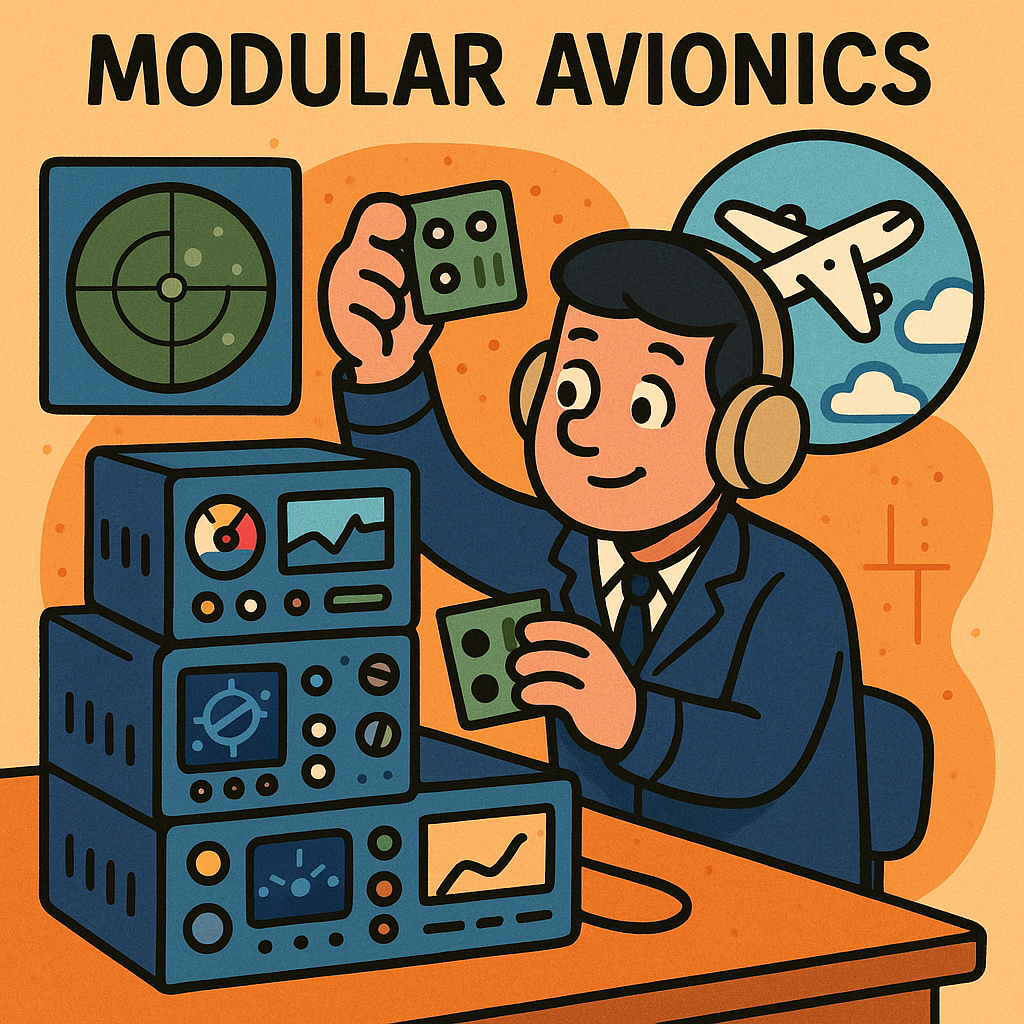Understanding Open-Architecture Avionics
In the realm of modern aviation, the demand for real-time flight data processing has surged, driven by the need for enhanced safety, efficiency, and operational flexibility. Open-architecture avionics stands at the forefront of this evolution, providing a modular framework that allows for seamless integration of various sensors and systems. This approach not only facilitates the rapid incorporation of new technologies but also addresses the challenges associated with legacy systems that often hinder innovation.
The Challenges of Traditional Avionics Systems
Traditional avionics systems are typically monolithic and tightly coupled, which poses significant challenges when attempting to integrate new sensors or capabilities. As aircraft systems evolve, the lack of modularity often leads to increased costs and lengthy development cycles. Additionally, the inability to upgrade individual components without overhauling the entire system results in obsolescence and reduced operational capabilities.
Designing for Modularity: The Hardware Perspective
At the hardware level, implementing an open-architecture system begins with the selection of a suitable platform. Field-Programmable Gate Arrays (FPGAs) are often favored for their reconfigurability, allowing engineers to adapt processing capabilities based on specific mission requirements. For instance, an FPGA can be programmed to process data from multiple sensors—such as LIDAR, radar, and infrared—simultaneously, enabling real-time analytics.
Another critical consideration in hardware design is the communication protocol. The adoption of standards such as ARINC 664 and MIL-STD-1553 ensures interoperability among different components, facilitating integration. However, engineers must also make design tradeoffs regarding bandwidth, latency, and power consumption. In environments like avionics where reliability is paramount, maintaining a robust, fault-tolerant communication scheme is non-negotiable.
Firmware Flexibility and Real-Time Processing
While hardware provides the foundation, firmware plays a crucial role in ensuring that data is processed in real-time. The firmware must be designed to efficiently handle various data streams while adhering to strict timing constraints. Engineers often employ a layered architecture in firmware development, where low-level drivers interact with hardware components, and higher-level applications manage data fusion and decision-making algorithms.
One of the pivotal decisions in firmware design is selecting the right Operating System (OS). Real-Time Operating Systems (RTOS) such as VxWorks or FreeRTOS are commonly used due to their deterministic scheduling capabilities. However, the choice of RTOS can impact the system’s resource utilization and responsiveness. Engineers must balance the complexity of the OS with the system’s performance requirements, often opting for lightweight solutions that maintain high throughput without sacrificing functionality.
Algorithms for Sensor Fusion and Data Processing
Implementing open-architecture avionics necessitates sophisticated algorithms for sensor fusion—merging data from disparate sources to create a cohesive view of the environment. Kalman filters and Particle filters are popular choices due to their effectiveness in estimating the state of a dynamic system. However, the real challenge lies in tuning these algorithms for accuracy and responsiveness in real-time applications.
Additionally, engineers must consider the computational load imposed by these algorithms. In many cases, the tradeoff between accuracy and processing speed is critical. For example, a more complex algorithm may yield better accuracy but could introduce unacceptable latency. Thus, iterative testing and optimization become essential, often involving simulation environments that mimic real-world conditions to validate performance before deployment.
Integrating New Technologies: The Future of Avionics
The beauty of open-architecture avionics lies in its adaptability. As new technologies emerge—such as machine learning for predictive maintenance or advanced sensor technologies—the modular nature of the system allows for their integration without substantial redesign. This adaptability is vital as the aviation industry moves towards incorporating unmanned systems and autonomous flight capabilities.
However, this evolution is not without its challenges. Cybersecurity remains a pressing concern as the increase in connectivity exposes systems to potential vulnerabilities. Implementing robust security measures, such as encryption and intrusion detection systems, is imperative to safeguard sensitive flight data and maintain operational integrity.
Moreover, regulatory compliance adds another layer of complexity. Engineers must navigate the stringent requirements set forth by aviation authorities, ensuring that any modifications or integrations meet safety standards without impeding innovation.
In summary, the journey towards implementing open-architecture avionics is fraught with challenges, yet it offers unparalleled opportunities for enhancing modular sensor integration and real-time flight data processing. By embracing flexibility in design and continuously evolving algorithms, the aviation industry can significantly improve operational capabilities and safety in an ever-changing technological landscape.



